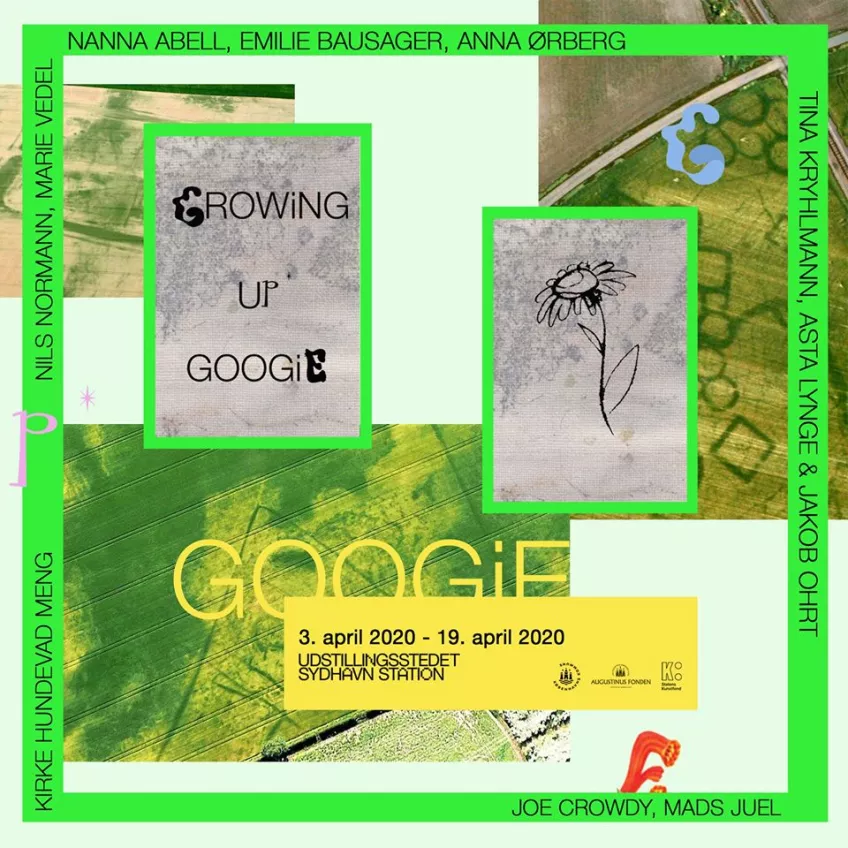Visit GrowingUpGoogie.dk from 3rd april
Growing Up Googie derives its title from the architectural style ‘Googie’ that started in 1930s California. The style was a response to the pandemonium that prevailed around space travel and the space age. Exaggerated rounded roofs and geometric shapes were used to create a sense of movement mimicking the feeling of travelling in a spaceship.
Googie was a way of looking to the future by re-designing one’s surroundings. Today, the same approach is adopted among superstar architects in larger cities. We see this movement as a form of ‘Nouveau Googie’. Several generations have used this futuristic idea of tomorrow to create contemporary buildings, but as with the 1930s ‘Googie’, the buildings are becoming outdated and disappearing. With so much doubt as to what our future will look like, is it possible to imagine a new and sustainable way to look ahead and build for future generations?
Are “we” and “it” two separate things and how can such a distance be defined? Barriers can mean defining a clear separation between what is inside and what is outside. One of the greatest attempts of the past for self-protection and resistance to the wild outside is the Great Wall of China. If you look at a modern version of this anti-movement, where inside and out are separated, you will find the city’s terror pots, which are decorated and planted with 5 - 6 different plants, all of which probably originate outside Denmark. By changing our relationship and thoughts surrounding nature and the wild and instead imagine something that is part of us and of which we are a part of, it gives us an opportunity to adapt. In feminist scientist Astrida Neimanis’ research she points out that nature and meteorology should be rooted in the body. In a global sense, meteorology aligns all individuals equally, but how we are affected is individual. By linking the body with the weather, we allow our imagination to visit lives and ecosystems other than our own thereby becoming a way to relate one another.
In the exhibition Growing Up Googie, the artists delve into the many questions that surround the concept of land and their relationship to land.
